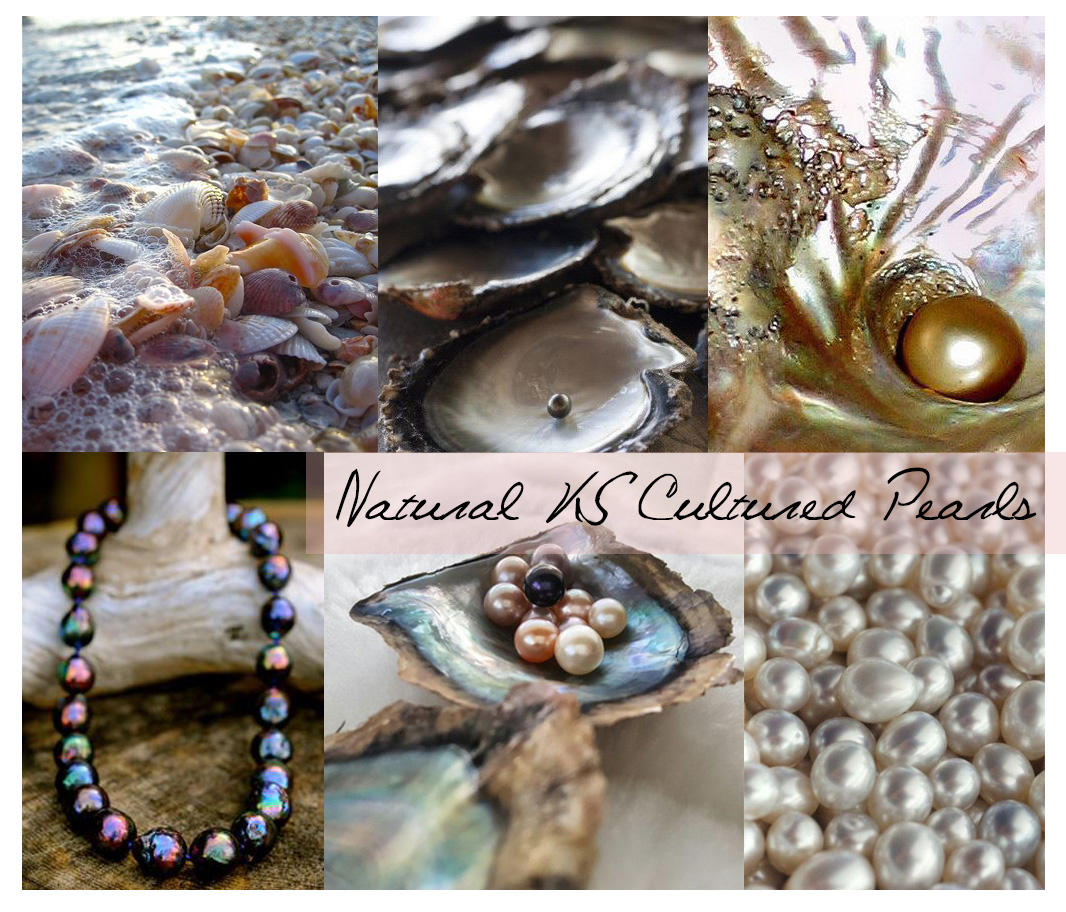Today, cultured pearls are one of the most popular jewelry options for people throughout the world, treasured for their distinct beauty and elegance. For thousands of years, however, only royalty and the extremely wealthy were able to afford pearls to adorn themselves with. To collect pearls, divers had to plunge into deep waters, sometimes risking their lives without any guarantee of actually finding the gemstone on the ocean floor or river bed. With little supply and high demand, the price of natural pearls was far too expensive for the average person to be able to own. This was the case until the creation of cultured pearls in 1893 by a Japanese man named Kokichi Mikimoto. This dramatically increased the supply of pearls and made the one-of-a-kind gemstone much more accessible and affordable.
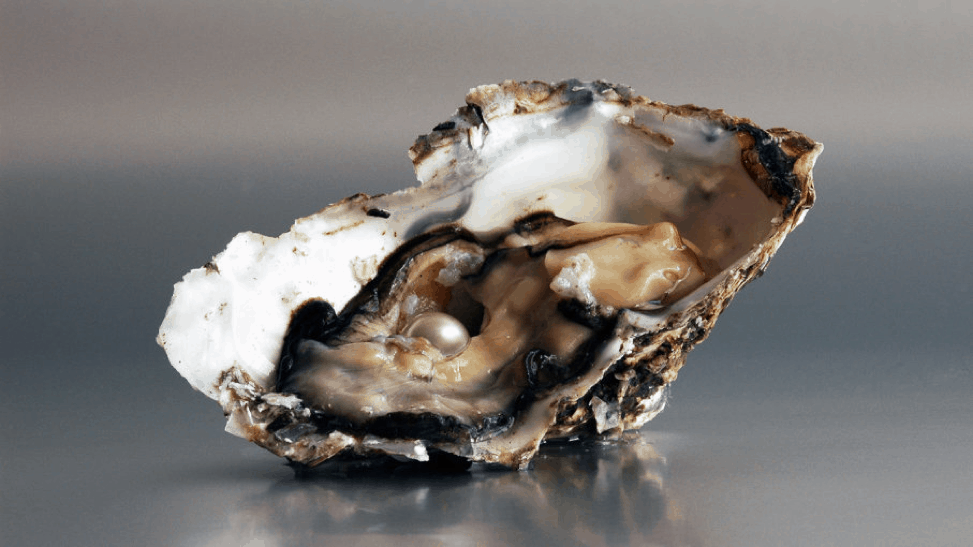
Pearls are the only gemstone to be made by a living creature. Both cultured pearls and natural pearls are made by mollusks such as oysters and mussels. However, one question that we get asked repeatedly is about the difference between natural and cultured pearls. Simply stated, the answer is that while natural pearls are formed completely on their own in the wild, cultured pearls are tended to by pearl farmers who help jumpstart the pearl formation process.
Today, nearly all new pearl jewelry sold on the market use cultured pearls, while most natural pearl jewelry is sold at auction houses. In this article, our team at Laguna Pearl provides an in-depth look at both natural pearls and cultured pearls, offering a closer examination of the differences between the two types of pearls.
Differences in the Pearl Formation Process
As stated previously, the pearl formation process is the key difference between natural and cultured pearls. More specifically, it’s how the pearl formation process begins. For a mollusk that is living in the wild, a tiny irritant from the surrounding water gets trapped inside the shell, all by random chance. As a defense tactic, the mollusk coats this irritant (or “nucleus” as some people refer to it as) with nacre, an organic substance mollusks produce. Nacre is the main substance in pearls and gives the gemstone its iridescent visual effect that it’s so famous for. After coating the irritant with thousands and thousands of layers of nacre, a pearl forms.
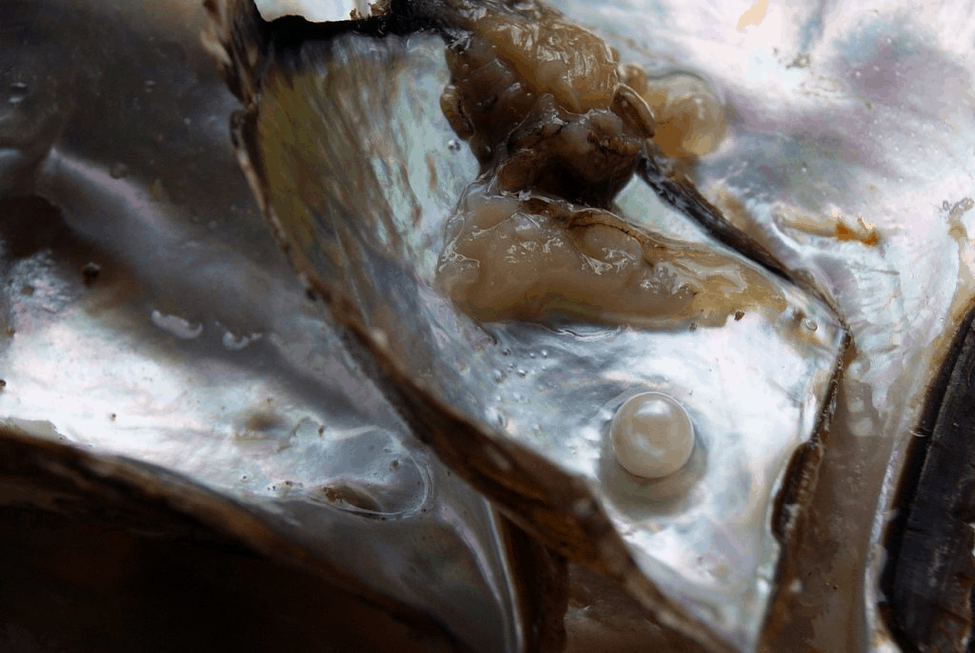
For cultured pearls, the irritant that begins the pearl formation process doesn’t happen naturally. Instead, a piece of mantle tissue, which functions as the irritant, is delicately implanted inside the mollusk through a precise incision. From there, the formation process inside the mollusk continues along just as it would in the wild. During this process, however, pearl farmers create the ideal environment for the mollusks by monitoring water conditions and keeping them in protected beds. In the wild, pearl-producing mollusks have a much slimmer chance of creating a fully-developed pearl due to risks such as natural predators and bad water conditions.
Differences in the Harvesting Process
Centuries ago, before the creation of cultured pearls, divers would risk their lives to dive deep into oceans and rivers to collect mollusks. Once these mollusks were brought back to land, divers would crack them open to check for natural pearls. The probability of actually finding a pearl was very rare. After centuries of pearl diving, the population of mollusks became severely depleted. This not only made finding pearls even rarer, but in addition, put mollusks at risk for becoming an endangered species. Many countries, as a result, began to ban pearl diving.
Cultured pearls, on the other hand, are much more sustainable. Once pearls are ready to harvest from the mollusks (on average, most pearls take 3-4 years to develop), pearl farmers pull the raised beds up out of the water. Using special tools, they carefully open the mollusks and collect the pearls without harming the oyster or mussel. Even with great care and ideal conditions, however, not all mollusks will produce pearls. After the pearls are harvested, farmers can insert a new irritant and grow another pearl inside the same mollusk, especially if the pearl the mollusk produces is of great quality.
Differences in Types, Colors, and Shapes
When most people imagine pearls, they think of perfectly round, white gemstones. That said, only about 10% of cultured pearls that are harvested are perfectly round. Finding spherical natural pearls is even more unlikely. In fact, most natural pearls are baroque, meaning they have an irregular, non-spherical shape.
Though white is certainly the most popular pearl color, both natural and cultured pearls come in a variety of other colors, depending on the type of pearl. Tahitian pearls, for example, feature exotic shades of black, blue, and purple. However, because pearl cultivators have more control over the development of a cultured pearl, these pearls feature a wider range of colors.
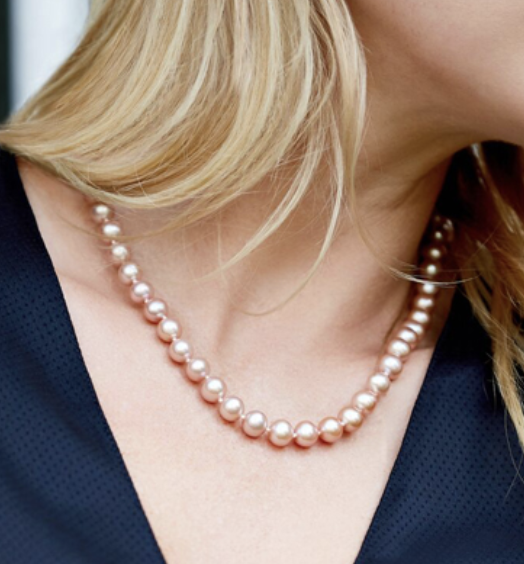
JEWELRY SPOTLIGHT:
PINK FRESHWATER PEARL NECKLACES
Freshwater pearls are one of the most popular types of pearls, known for their consumer-friendly price points and a wide range of stunning colors. For a chic piece of jewelry that can add a subtle dash of color to perfectly complement many different types of outfits, consider for a pink freshwater pearl necklace. Browse through our collection of pink freshwater pearl necklaces to find the piece that’s perfect for you.
Differences in Price and Supply
Pearl jewelry that is sold online or in-stores is created using cultured pearls. Because of cultured pearls, the supply of pearls available on the market increased dramatically, in turn making them much more affordable. Today, the price of cultured all depends on the type of pearl, as well as other key factors including shape, luster quality, and surface quality. Freshwater pearls are the most affordable types of pearls, while Hanadama pearls and South Sea pearls boast higher price-tags due to their superior quality.
Natural pearls, because of their rarity, are incredibly expensive. Nearly all natural pearl jewelry pieces, meaning you won’t find “new” natural pearl jewelry sold in stores. Most natural pearl jewelry is sold by auction houses as collector’s pieces.
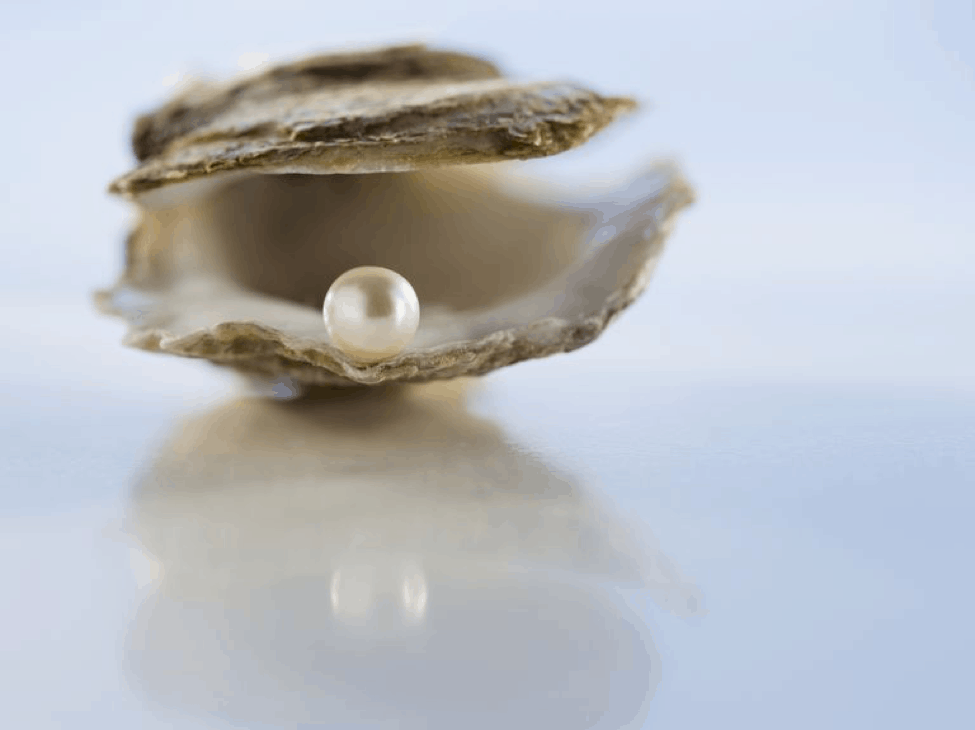
Imitation Pearls VS Natural and Cultured Pearls
It’s sometimes the case that people get cultured pearls mixed up with imitation pearls, though the two are worlds apart. Pearl experts recognize both natural pearls and cultured pearls as authentic pearls. They are both made by living creatures with nacre through an organic process that occurs in the water. Imitation pearls, on the other hand, are commonly made of glass, plastic, or another type of material inside a lab. Though they can closely resemble real pearls, imitation pearls have little to no value and don’t have the natural luster (or glow) that pearls are so famous for.
In this article, we’ve unpacked all of the differences between natural and cultured pearls. While you may not be able to tell the difference between a natural and cultured pearl, key differences, such as how the process of creating a pearl begins, do exist. Unless you’re an avid jewelry collector who enjoys vintage jewelry and gemstones, cultured pearls are the best option for pearl jewelry. With a multitude of types, colors, and styles of cultured pearl jewelry, you’re sure to find a piece that you will treasure for a lifetime.
- Pearl Necklaces: Six Must-Have Styles - April 5, 2019
- How to Tell if Pearls Are Real or Fake: The Foolproof Guide - March 27, 2019
- Choosing a Pearl Engagement Ring That She’ll Love Forever - March 24, 2019

